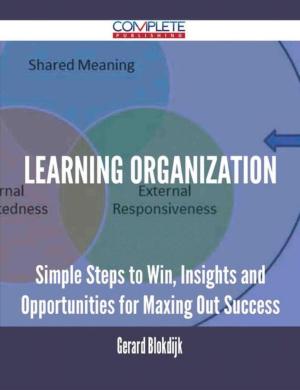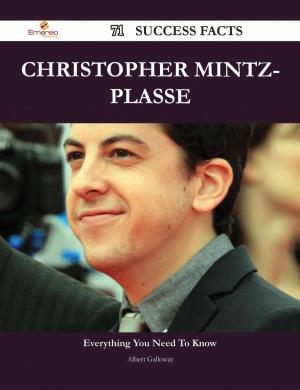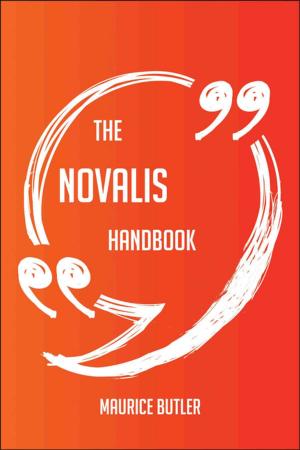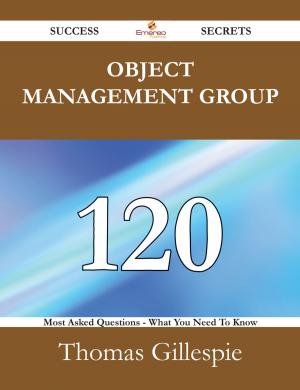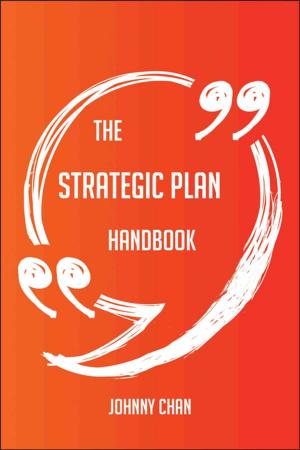Coptic Orthodox Church of Alexandria - Unabridged Guide
Nonfiction, Reference & Language, Reference, Social & Cultural Studies, Social Science| Author: | Harry Bobby | ISBN: | 9781486428229 |
| Publisher: | Emereo Publishing | Publication: | October 24, 2012 |
| Imprint: | Emereo Publishing | Language: | English |
| Author: | Harry Bobby |
| ISBN: | 9781486428229 |
| Publisher: | Emereo Publishing |
| Publication: | October 24, 2012 |
| Imprint: | Emereo Publishing |
| Language: | English |
Here's part of the content - you would like to know it all? Delve into this book today!..... : All Christian monasticism stems, either directly or indirectly, from the Egyptian example: Saint Basil the Great Archbishop of Caesaria of Cappadocia, founder and organizer of the monastic movement in Asia Minor, visited Egypt around AD 357 and his rule is followed by the Eastern Orthodox Churches; Saint Jerome who translated the Bible into Latin, came to Egypt, while en route to Jerusalem, around AD 400 and left details of his experiences in his letters; Benedict founded the Benedictine Order in the 6th century on the model of Saint Pachomius, but in a stricter form.
...There was an opinion in the Church that viewed that perhaps the Council understood the Church of Alexandria correctly, but wanted to curtail the existing power of the Alexandrine Hierarch, especially after the events that happened several years before at Constantinople from Pope Theophilus of Alexandria towards Patriarch John Chrysostom and the unfortunate turnouts of the Second Council of Ephesus in AD 449, where Eutichus misled Pope Dioscorus and the Council in confessing the Orthodox Faith in writing and then renouncing it after the Council, which in turn, had upset Rome, especially that the Tome which was sent was not read during the Council sessions.
... It is also to be noted that by anathemizing Pope Leo because of the tone and content of his tome, as per Alexandrine Theology perception, Pope Dioscorus was found guilty of doing so without due process; in other words, the Tome of Leo was not a subject of heresy in the first place, but it was a question of questioning the reasons behind not having it either acknowledged or read at the Second Council of Ephesus in AD 449.
... His full title is Pope and Lord Archbishop of the Great City of Alexandria and Patriarch of All Africa on the Holy Orthodox and Apostolic Throne of Saint Mark the Evangelist and Holy Apostle that is, in Egypt, Pentapolis, Libya, Nubia, Sudan, Ethiopia, Eritrea and all Africa.
There is absolutely nothing that isn't thoroughly covered in the book. It is straightforward, and does an excellent job of explaining all about Coptic Orthodox Church of Alexandria in key topics and material. There is no reason to invest in any other materials to learn about Coptic Orthodox Church of Alexandria. You'll understand it all.
Inside the Guide: Coptic Orthodox Church of Alexandria, Coptic Orthodox Church in Canada, Coptic Orthodox Church in Asia, Coptic Orthodox Church in Africa, Coptic Catholic Church, Church of the Holy Sepulchre, Church of Alexandria, Christmas, Christianity in Africa, Christianity, Catechetical School of Alexandria, Canonical hours, Cairo, British Orthodox Church, British Museum, Athanasius of Alexandria, Ancient Egypt, Alexandria, Abune Paulos, Abuna Basilios
Here's part of the content - you would like to know it all? Delve into this book today!..... : All Christian monasticism stems, either directly or indirectly, from the Egyptian example: Saint Basil the Great Archbishop of Caesaria of Cappadocia, founder and organizer of the monastic movement in Asia Minor, visited Egypt around AD 357 and his rule is followed by the Eastern Orthodox Churches; Saint Jerome who translated the Bible into Latin, came to Egypt, while en route to Jerusalem, around AD 400 and left details of his experiences in his letters; Benedict founded the Benedictine Order in the 6th century on the model of Saint Pachomius, but in a stricter form.
...There was an opinion in the Church that viewed that perhaps the Council understood the Church of Alexandria correctly, but wanted to curtail the existing power of the Alexandrine Hierarch, especially after the events that happened several years before at Constantinople from Pope Theophilus of Alexandria towards Patriarch John Chrysostom and the unfortunate turnouts of the Second Council of Ephesus in AD 449, where Eutichus misled Pope Dioscorus and the Council in confessing the Orthodox Faith in writing and then renouncing it after the Council, which in turn, had upset Rome, especially that the Tome which was sent was not read during the Council sessions.
... It is also to be noted that by anathemizing Pope Leo because of the tone and content of his tome, as per Alexandrine Theology perception, Pope Dioscorus was found guilty of doing so without due process; in other words, the Tome of Leo was not a subject of heresy in the first place, but it was a question of questioning the reasons behind not having it either acknowledged or read at the Second Council of Ephesus in AD 449.
... His full title is Pope and Lord Archbishop of the Great City of Alexandria and Patriarch of All Africa on the Holy Orthodox and Apostolic Throne of Saint Mark the Evangelist and Holy Apostle that is, in Egypt, Pentapolis, Libya, Nubia, Sudan, Ethiopia, Eritrea and all Africa.
There is absolutely nothing that isn't thoroughly covered in the book. It is straightforward, and does an excellent job of explaining all about Coptic Orthodox Church of Alexandria in key topics and material. There is no reason to invest in any other materials to learn about Coptic Orthodox Church of Alexandria. You'll understand it all.
Inside the Guide: Coptic Orthodox Church of Alexandria, Coptic Orthodox Church in Canada, Coptic Orthodox Church in Asia, Coptic Orthodox Church in Africa, Coptic Catholic Church, Church of the Holy Sepulchre, Church of Alexandria, Christmas, Christianity in Africa, Christianity, Catechetical School of Alexandria, Canonical hours, Cairo, British Orthodox Church, British Museum, Athanasius of Alexandria, Ancient Egypt, Alexandria, Abune Paulos, Abuna Basilios


